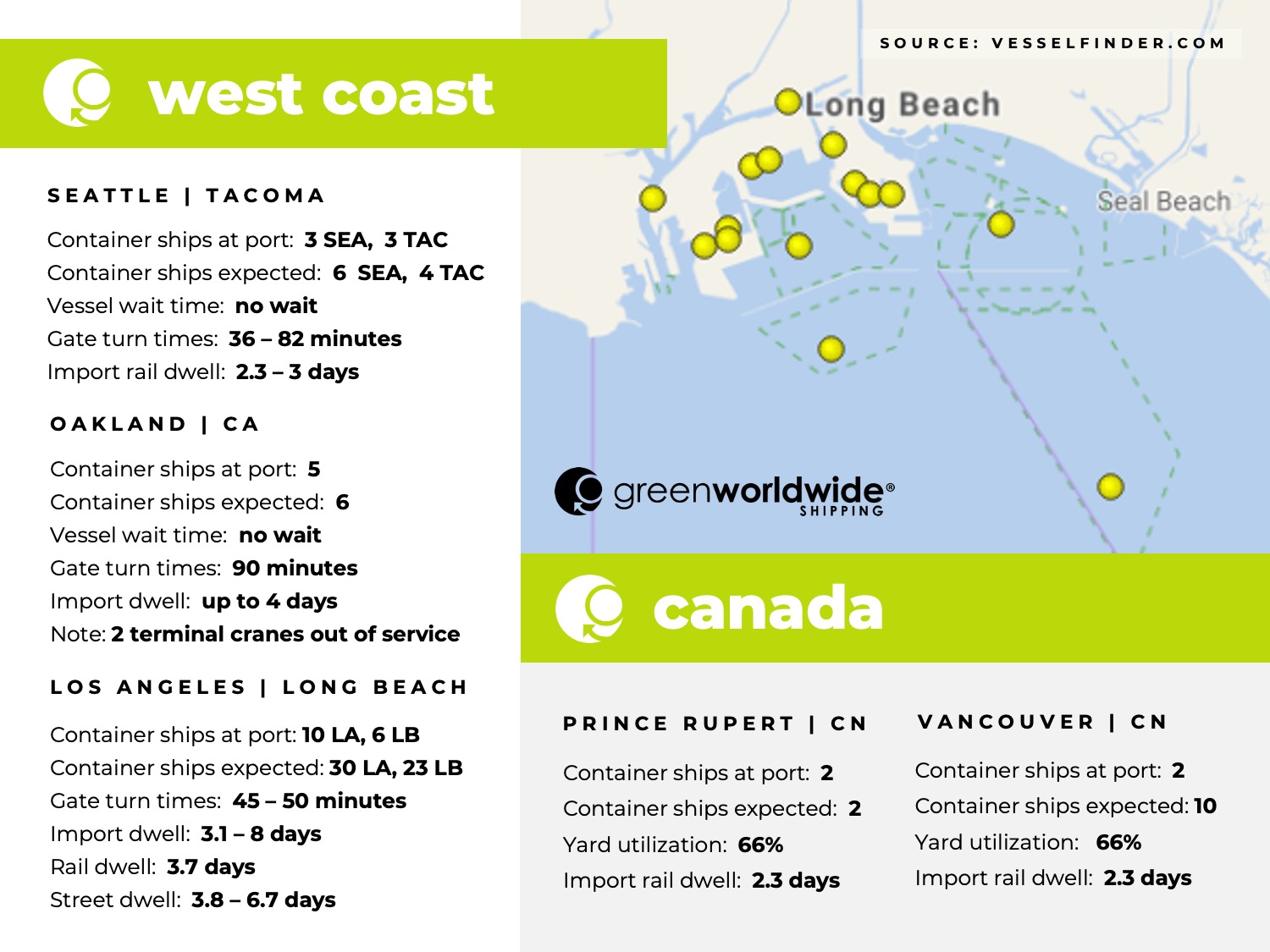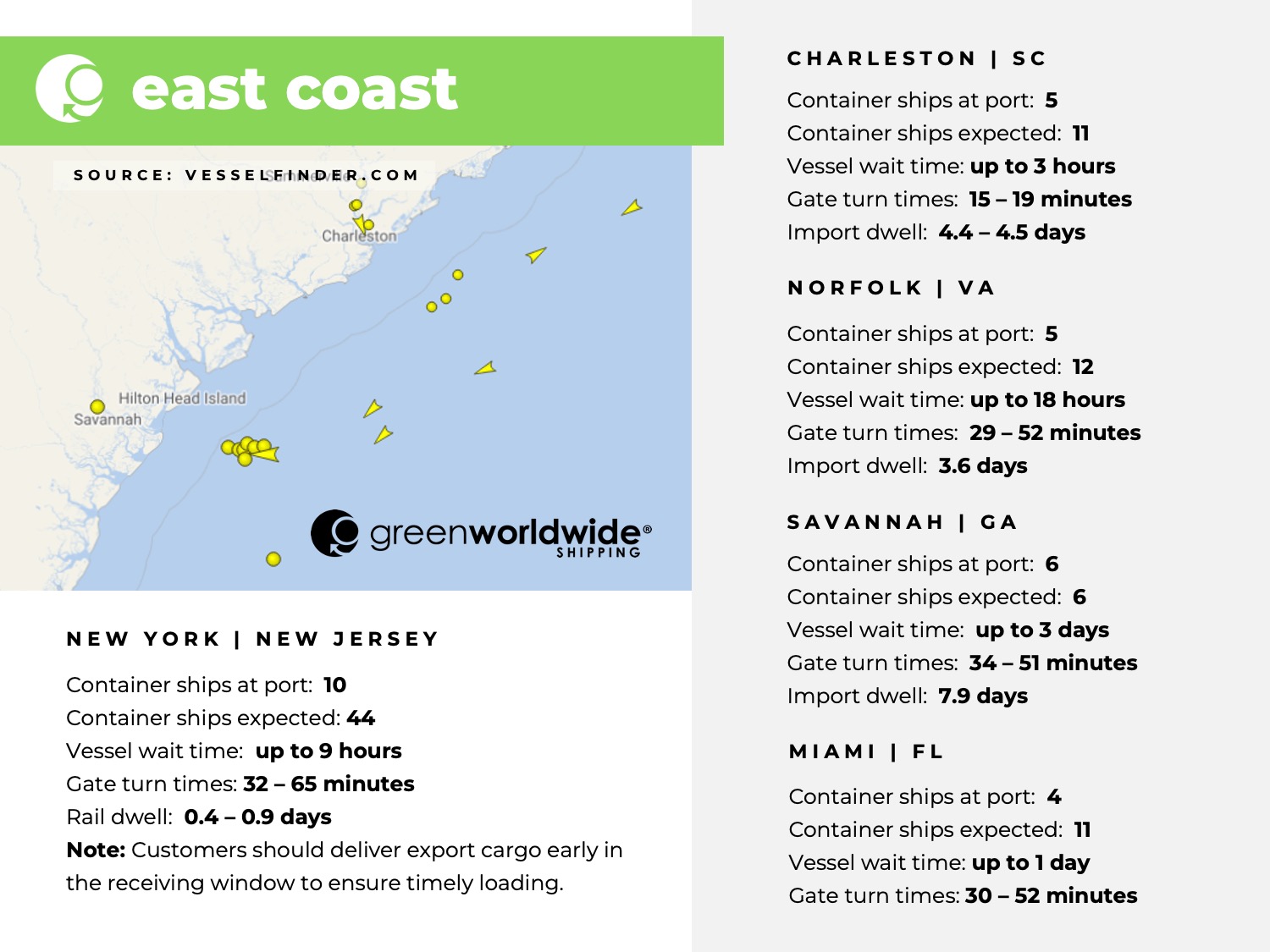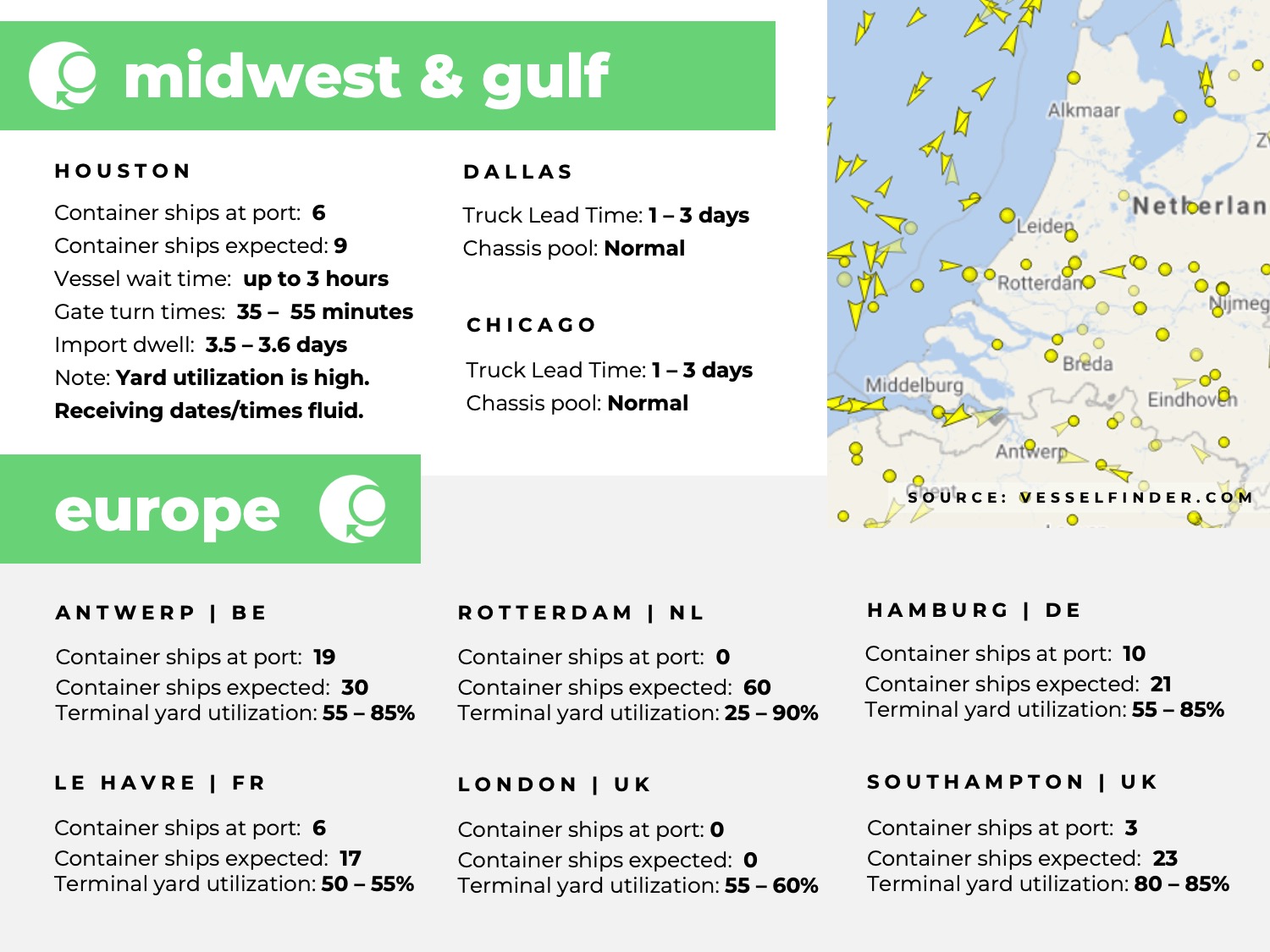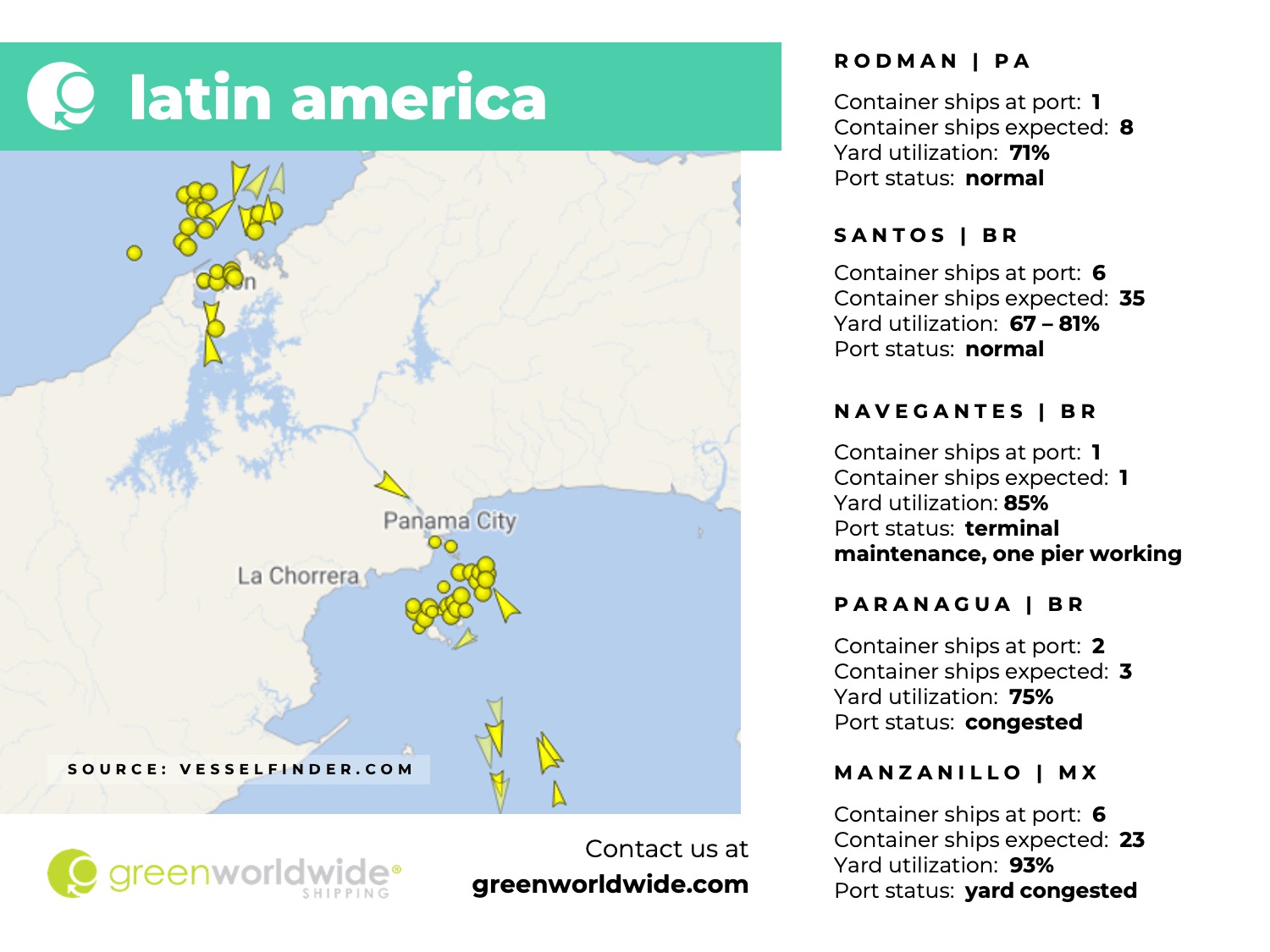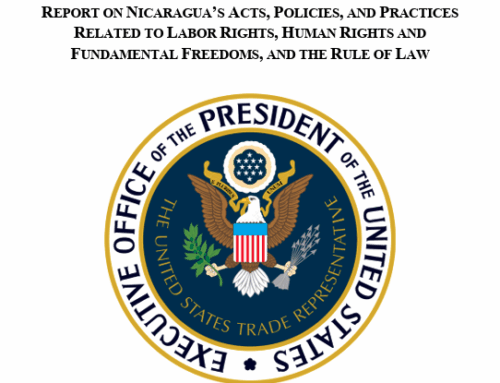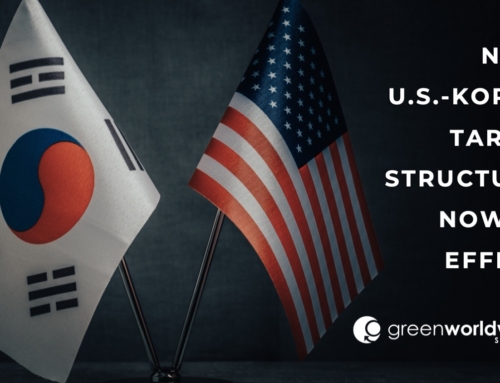WEEK 39 FINDS U.S. IMPORTERS FACING GOLDEN WEEK CAPACITY REDUCTIONS AND SEVERE WEATHER IMPACTS IN SOUTH CHINA
U.S. importers are preparing for intensified service challenges as carriers accelerate blank sailings in the lead-up to China’s Golden Week and Super Typhoon Ragasa disrupts major South China ports. Vessel deployment strategies continue to diverge among alliances, while Cosco has confirmed it will maintain full trans-Pacific operations despite new U.S. port fees on Chinese-built vessels taking effect October 14, 2025.
HOW ARE BLANK SAILINGS AFFECTING TRANSPACIFIC CAPACITY?
Analysts report that an additional 544,000 TEU have been scheduled for blank sailings during Weeks 40–43, aligning reductions with historical Golden Week thresholds. Capacity tightening has already been visible since Week 34, with cuts increasing from 3.8 to 13.6 percent on the U.S. West Coast and from 4.8 to 14.4 percent on the East Coast through Week 38. Alliance strategies vary sharply. Gemini has concentrated reductions by cancelling 75 percent of sailings on a single service, while Ocean Alliance and Premier Alliance adopted broader but shallower cuts, trimming a single sailing across nine and six services, respectively. MSC’s reduction remains limited, with only one service trimmed by 25 percent.
HOW ARE CARRIERS RESPONDING TO NEW U.S. PORT FEES?
In contrast to other carriers that are swapping out Chinese-built tonnage from U.S. port calls, Cosco has confirmed that it will maintain its full trans-Pacific service structure. The carrier advised customers that it will continue U.S. port calls once the U.S. Trade Representative begins collecting fees on October 14, 2025. Cosco emphasized continuity in its network and customer service while absorbing the new costs, becoming the latest line to signal sustained market presence despite the policy shift.
WHAT IS THE IMPACT OF SUPER TYPHOON RAGASA ON SOUTH CHINA PORTS?
Super Typhoon Ragasa made landfall near Zhuhai on September 23, 2025, with sustained winds exceeding 137 mph. The storm is forcing widespread closures across Guangdong Province, including full suspension of port terminals at Yantian, Shekou, and Nansha starting September 22. Operations are expected to remain halted through September 25 or 26, resulting in an anticipated five-day disruption at one of China’s largest container-handling regions.
The storm has already led to mass evacuations and widespread suspension of rail and public transport. Vessel delays of five to seven days are expected, with some carriers cancelling port calls entirely to avoid congestion. Secondary impacts include rainfall disruptions in Fujian and Zhejiang provinces, further affecting major hubs such as Shanghai, Ningbo, Qingdao, and Xiamen.
Air freight is also impacted, with all flights to and from Hong Kong suspended from September 23 until early September 25. Cargo operations are expected to resume in line with restored flight schedules.
Stay up-to-date on freight news with Green’s Weekly Freight Market Update by following us on LinkedIn. For continuous updates, make sure to check out our website at greenworldwide.com.


